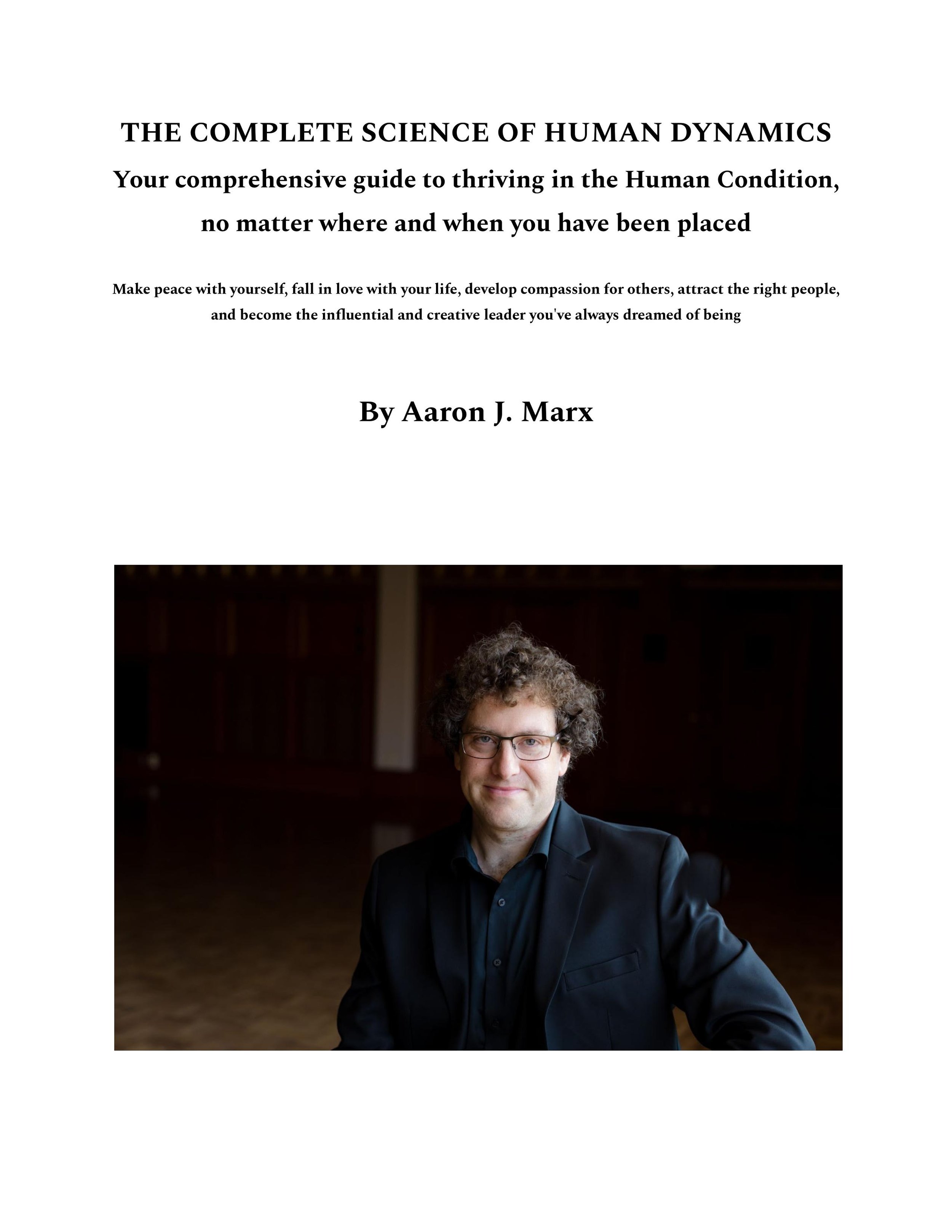LIFE, somehow, has processes that we don’t find anywhere else. Wikipedia describes them this way: “Biological processes are those processes that are vital for an organism to live, and that shape its capacities for interacting with its environment. Biological processes are made of many chemical reactions or other events that are involved in the persistence and transformation of LIFE forms. Examples include: homeostasis, organization, metabolism, growth, response to stimuli, reproduction, interaction between organisms, and more.” We can describe them, but exactly how and when they started happening remains mysterious. And as humans, we experience and are subject to ALL of them. They characterize a crucial part of our experience that we can’t escape, and they shape our behavior and perception in ways too numerous to inventory.
As humans, there’s something we can’t escape. Something significant. A quality of our existence. That quality is embodiment. Being in a body. The moment we’re not there’s no way to relate to us anymore, at least not as of yet. That’s what makes death so poignant, in both real LIFE and in our stories. Many filmmakers and theater companies have become adept at showing this - that moment when LIFE leaves the body and the survivors are left bereft, mired in their grief, having lost the treasured spark, the LIFE, of a loved one. Where does it go? We exist embodied. We love the soul and spirit, but always through the biological medium of the body.
Embodiment brings hugs and kisses. Laughter and tears. Sensuality and sex. Athletics and play. Music and dance. Our very voices and postures. Our energy and personality emanates from our embodied existence, and philosophy has been on an ancient quest to determine if physical existence is all we are, or if there is another “substance” in the mix. This inquiry has been taken up in recent years by biology, psychology, cognitive and neuroscience, computer science, and some other related fields.
Embodiment also brings eating and drinking. Bile and pus. Urinating, defecating, and flatulence. Orgasm, ejaculation, menstruation, lactation. The ecstatic agony of childbirth. Saliva, mucus, and blood. Skin, organs, and bones. The keratin of horns, nails, and hair. Injury and disease. Cancer and aging. Arousal and disgust. (“Why doesn’t anything humans make taste good?!”) So much of our embodied LIFE is learning to navigate that fine line between the beauty of LIFE and the deep revulsion we feel when it goes wrong, just beyond the threshold of what we think of as “going right” (itself a problematic concept for me). Even “going right" can be, and often is, accompanied by a certain revulsion, which is why, as Freud knew, we are so deeply at odds with processes like elimination and reproduction, and motivated to put such intentional energetic and interpersonal boundaries around them within our societies. Joy and trauma are both deeply embodied experiences. We can’t escape them, or have one without the other, apparently.
We have a deep sublimated personal and social fight against the challenges of embodiment. The very experience of disgust is inseparable from embodied LIFE, so it’s part of the fabric of our existence. We experience a painful and difficult spiritual struggle with our bodies. Our societal history has in many ways been oriented around striking a delicate balance between destitution and overconsumption, and today overconsumption is a problem as it has never been. Both obesity and anorexia are problems that come with the Realm of LIFE. Because we can struggle with starvation we also struggle with our weight and fitness.
And of course we know that we can’t have LIFE without death. LIFE, so beautiful and wonderful, bringing laughter, fragrance, and flavor, binds them inseparably with the unsettling horror of rot and decay. What is today rotten was yesterday fresh. Love and loss are the closest of cousins.
-From The Complete Science of Human Dynamics by Aaron J. Marx


